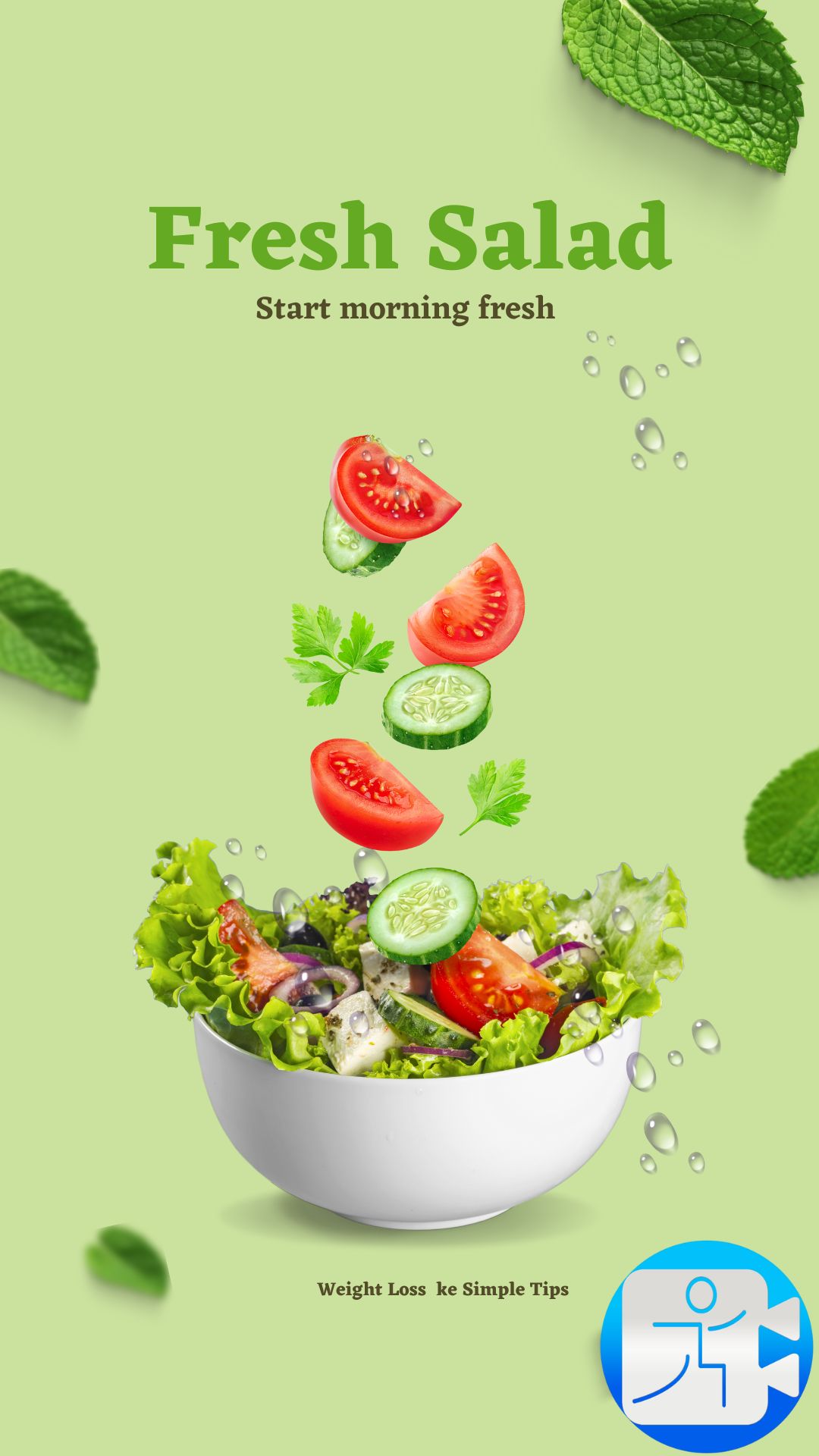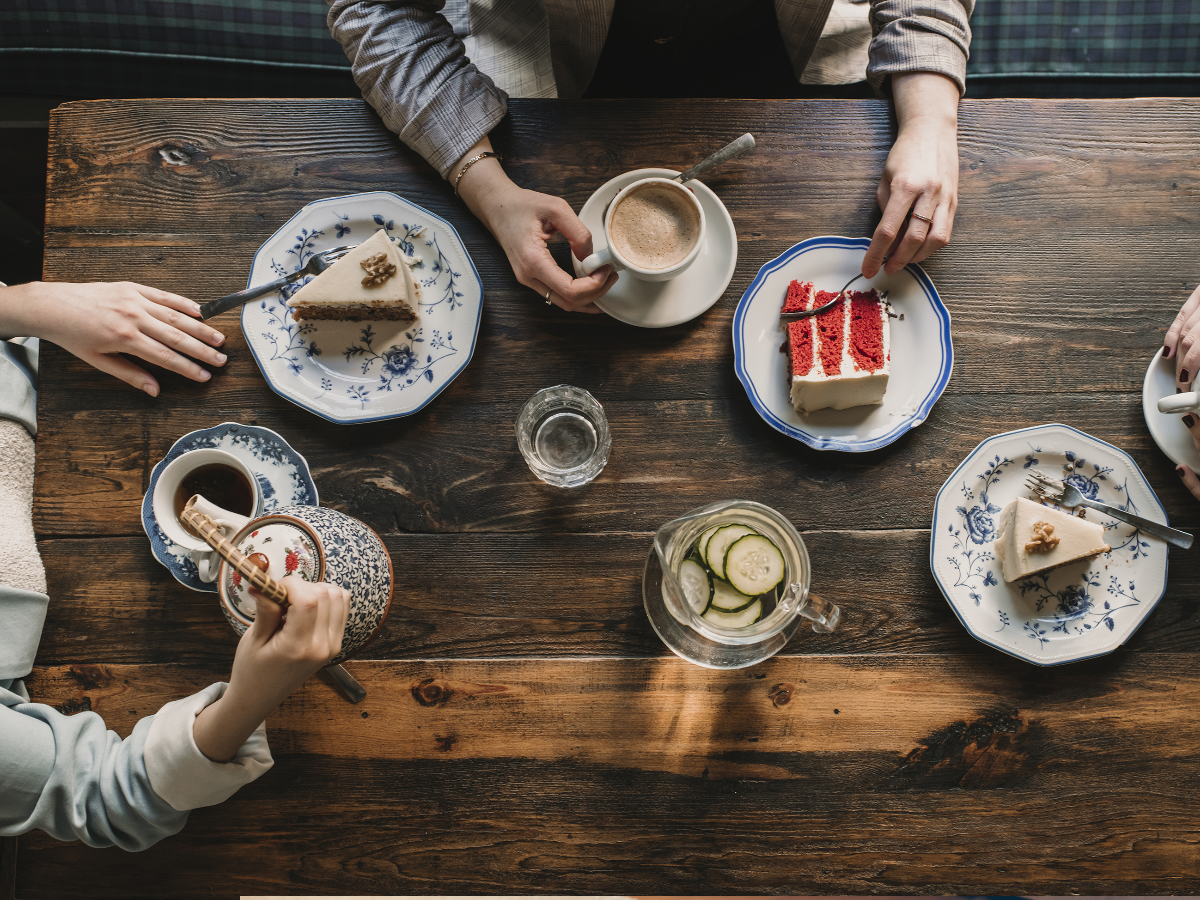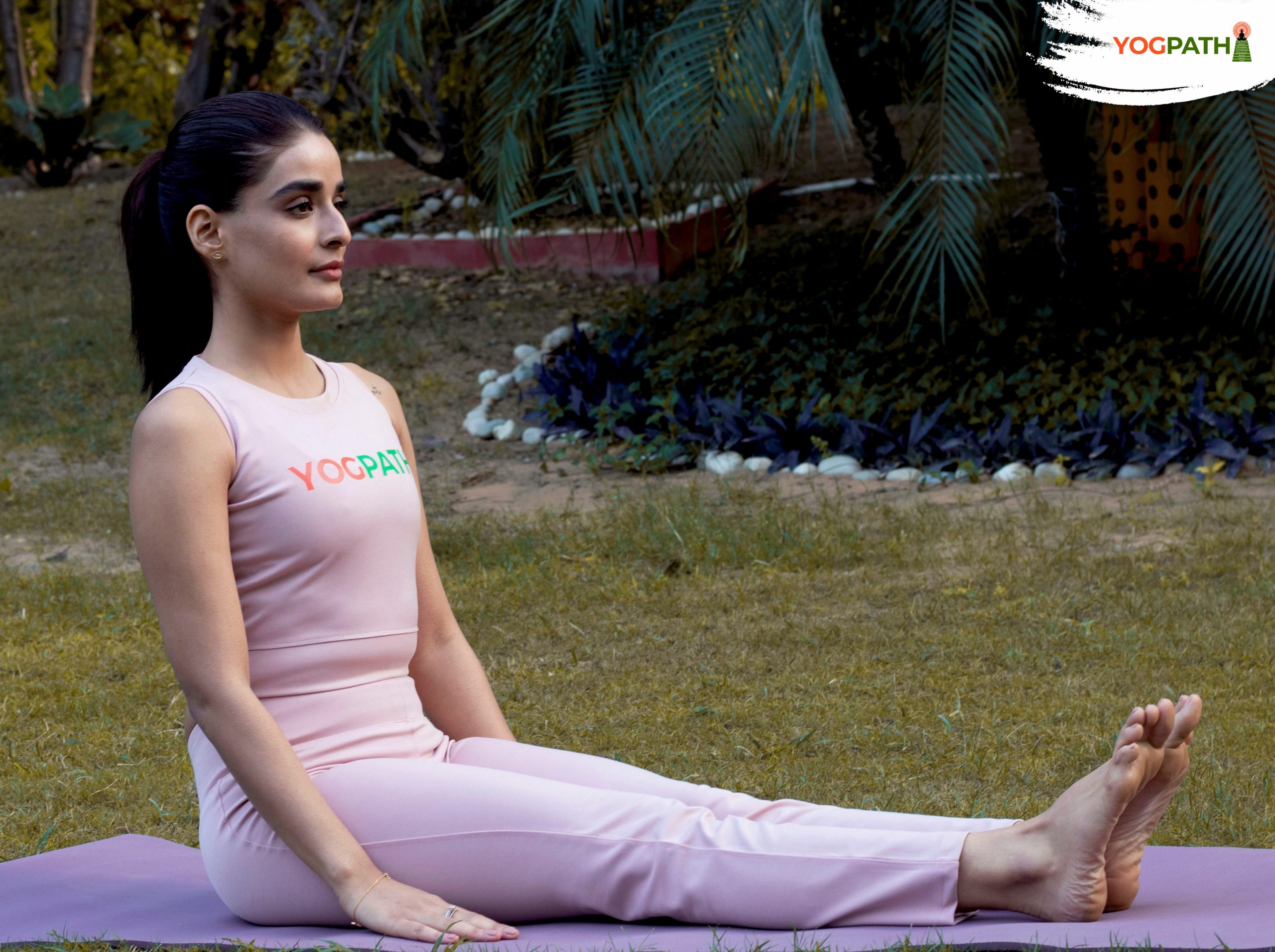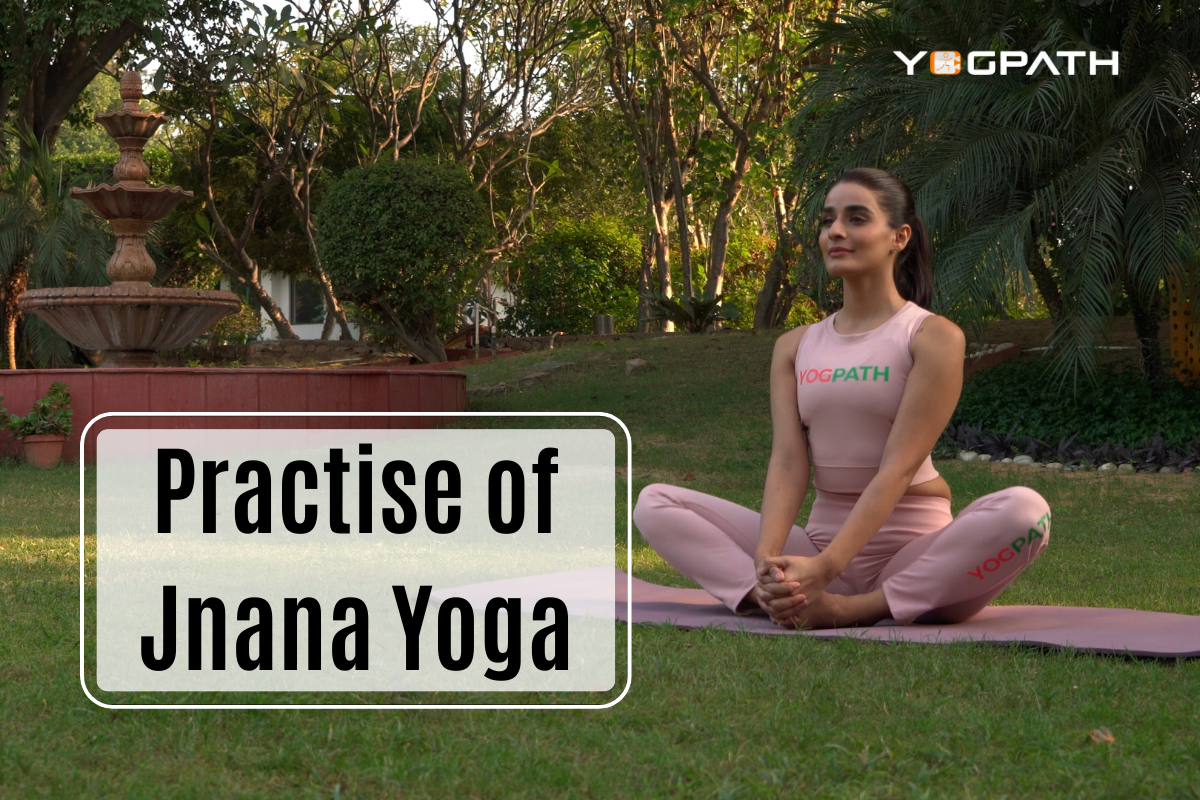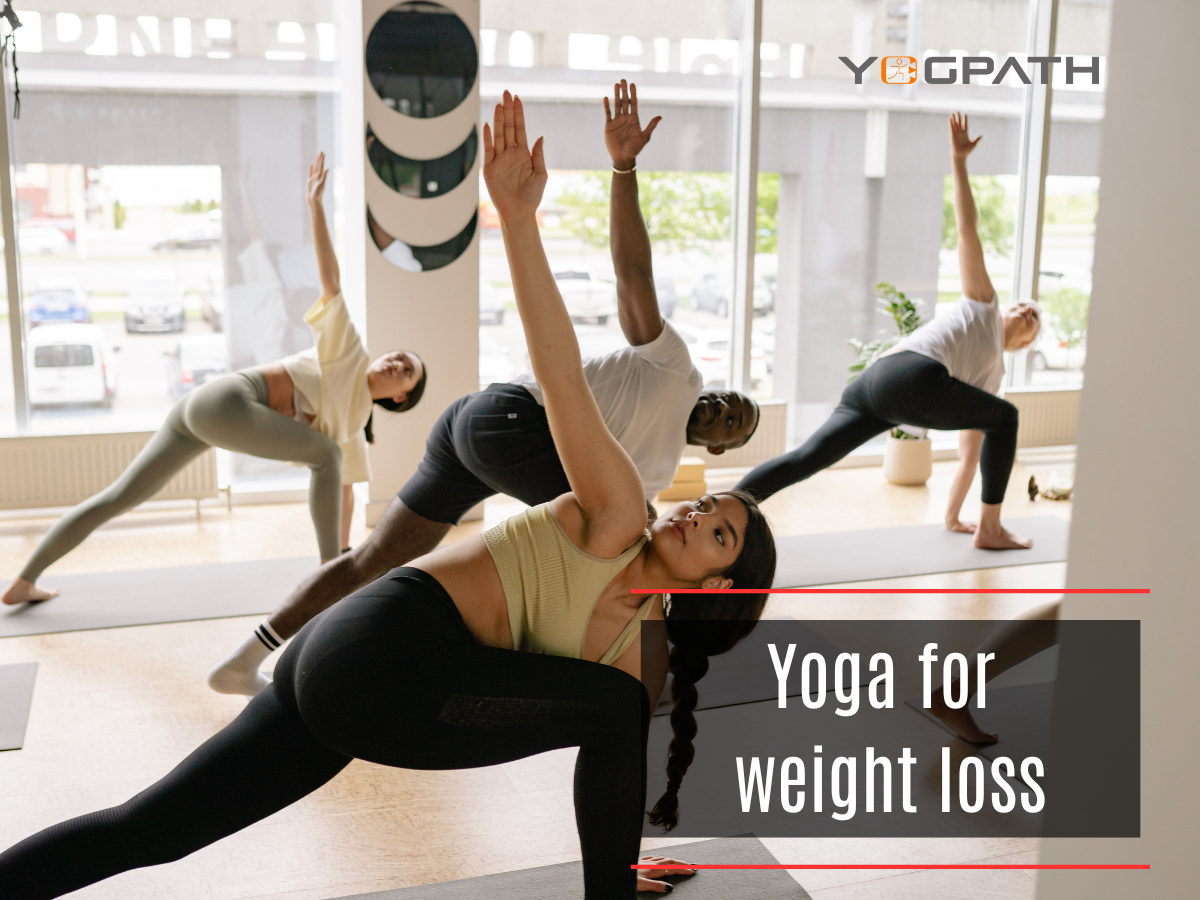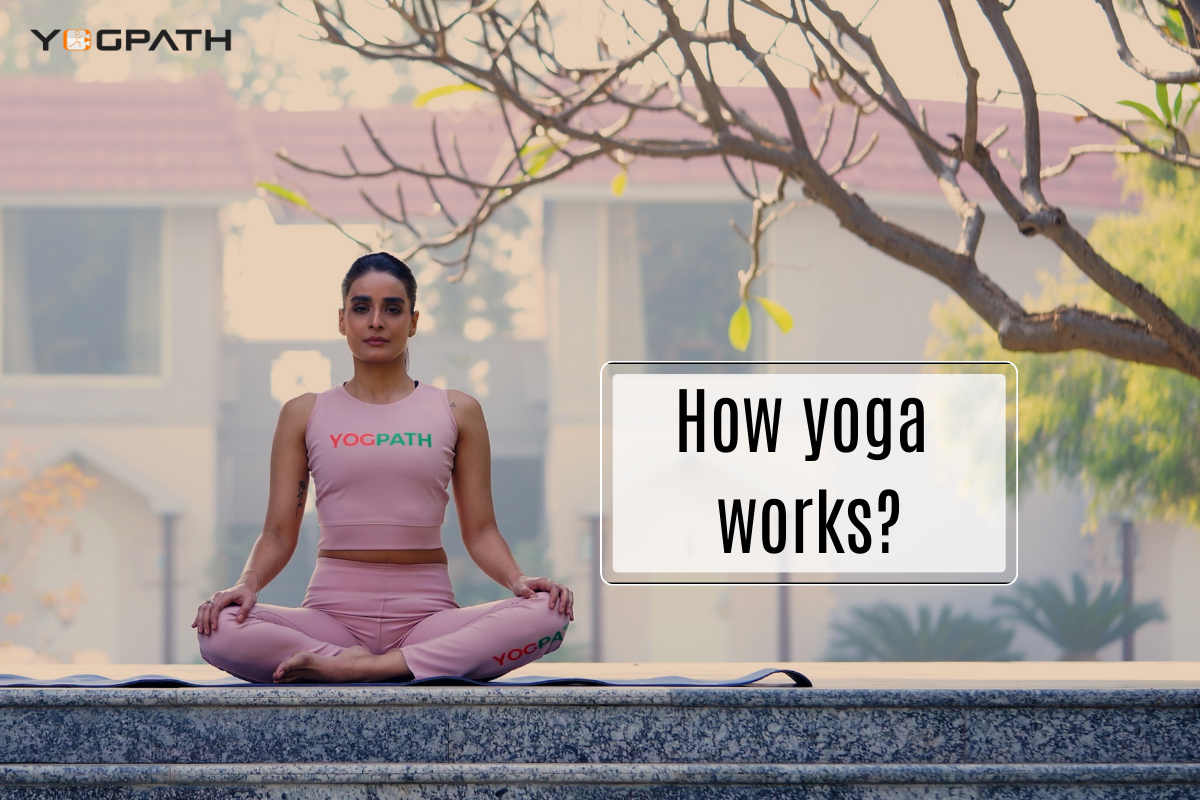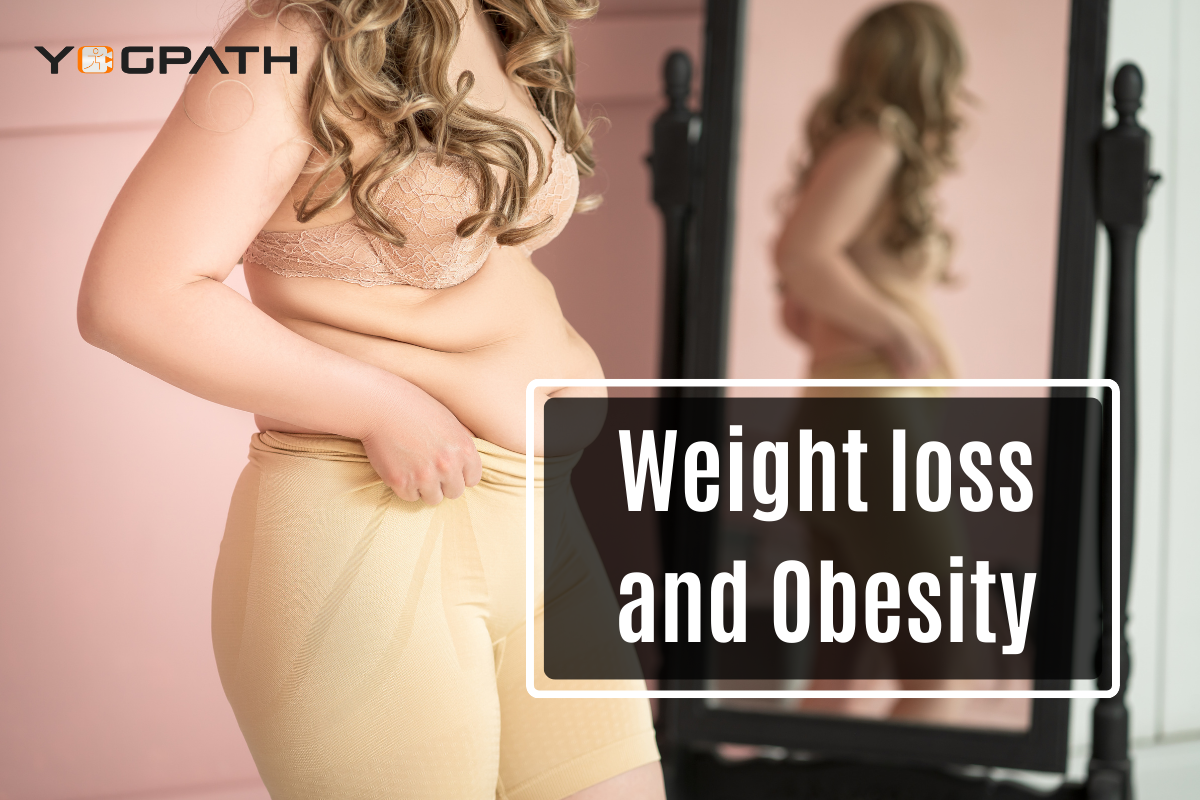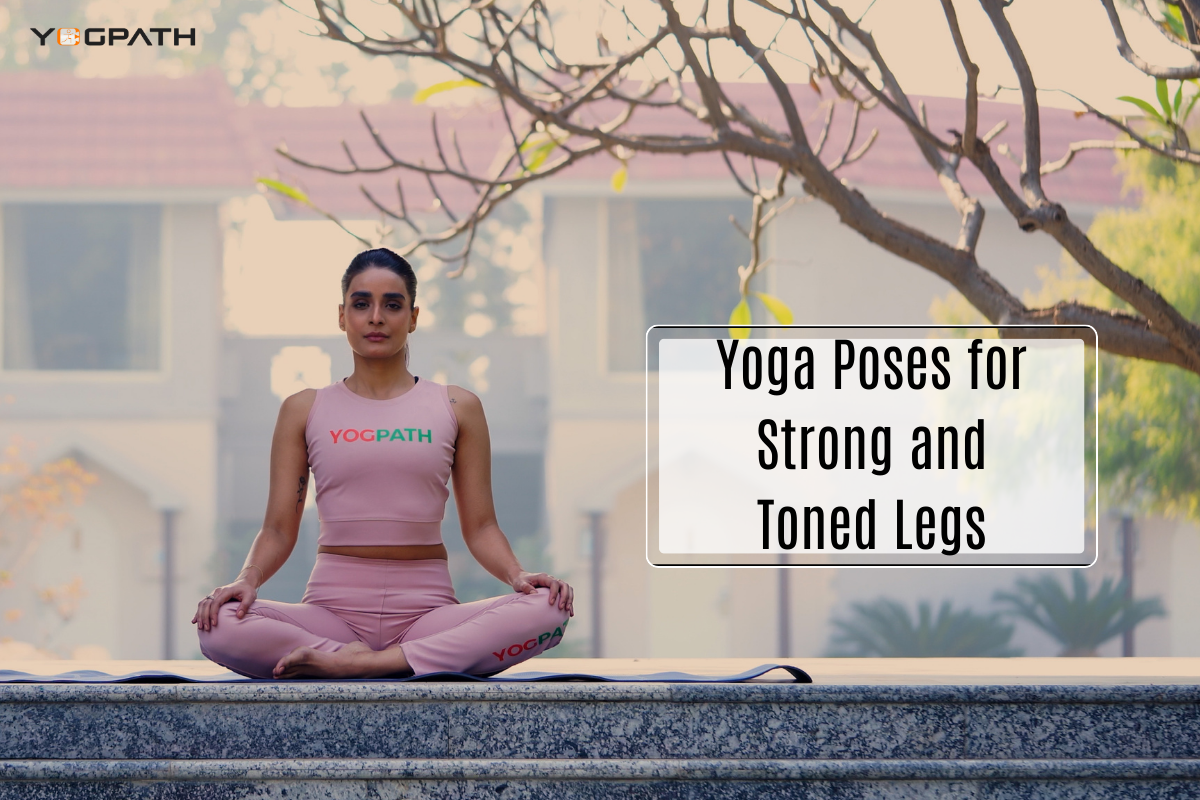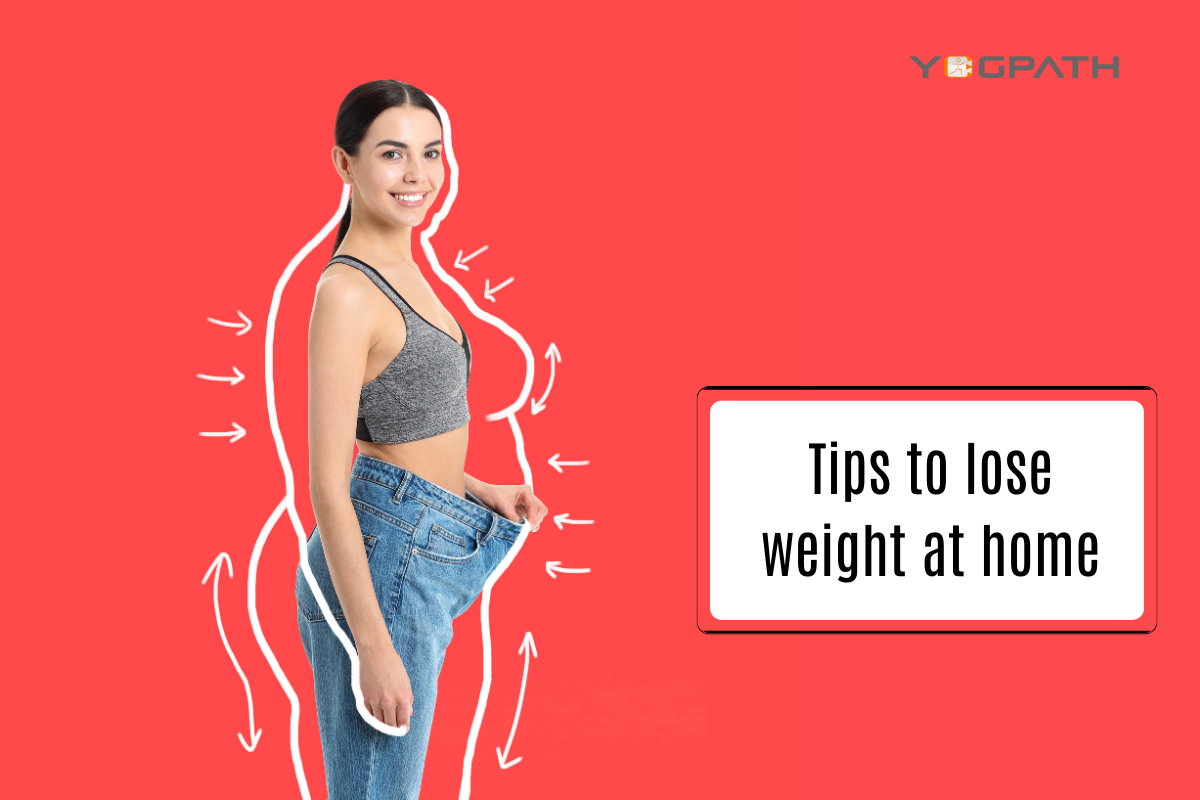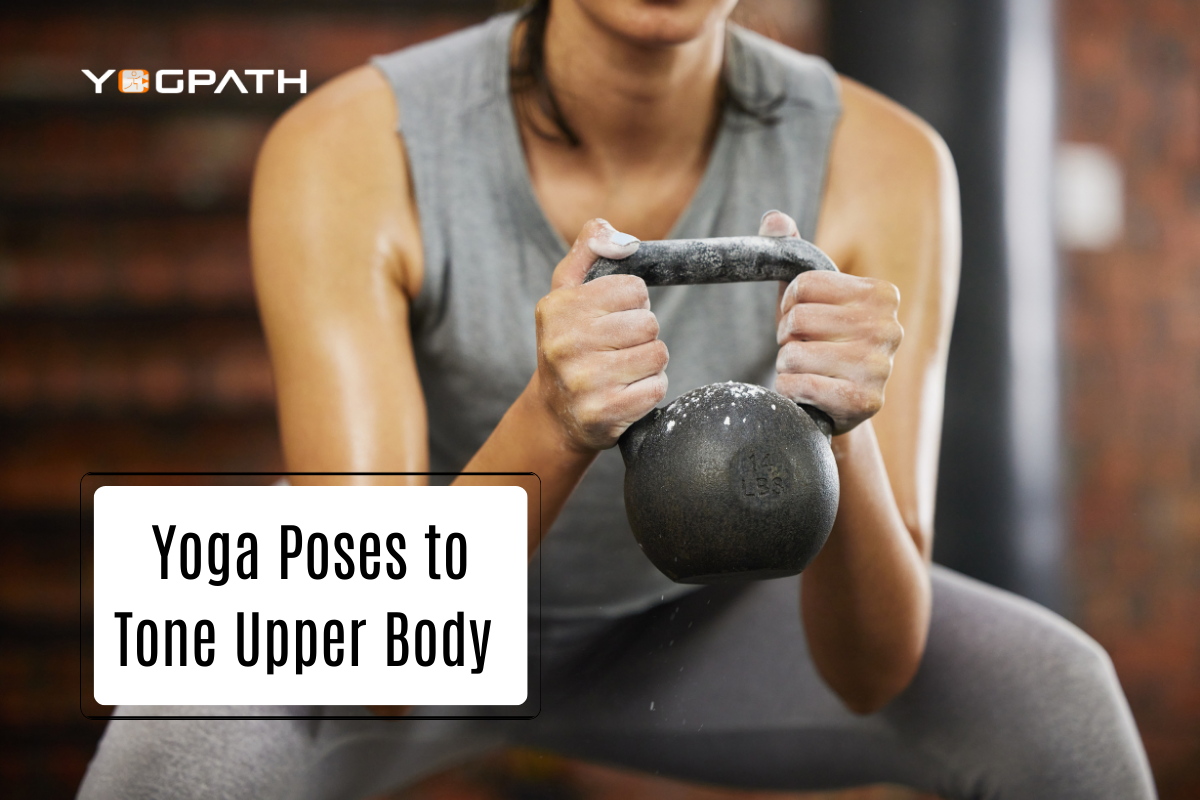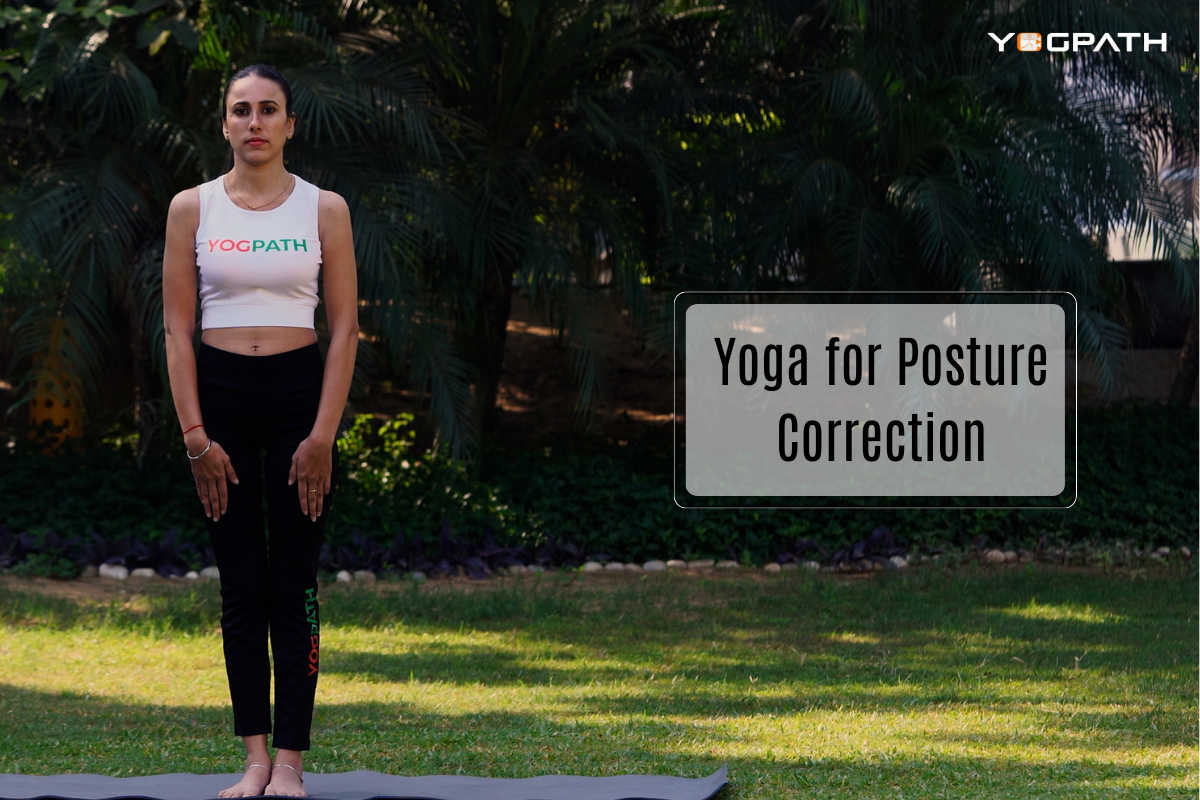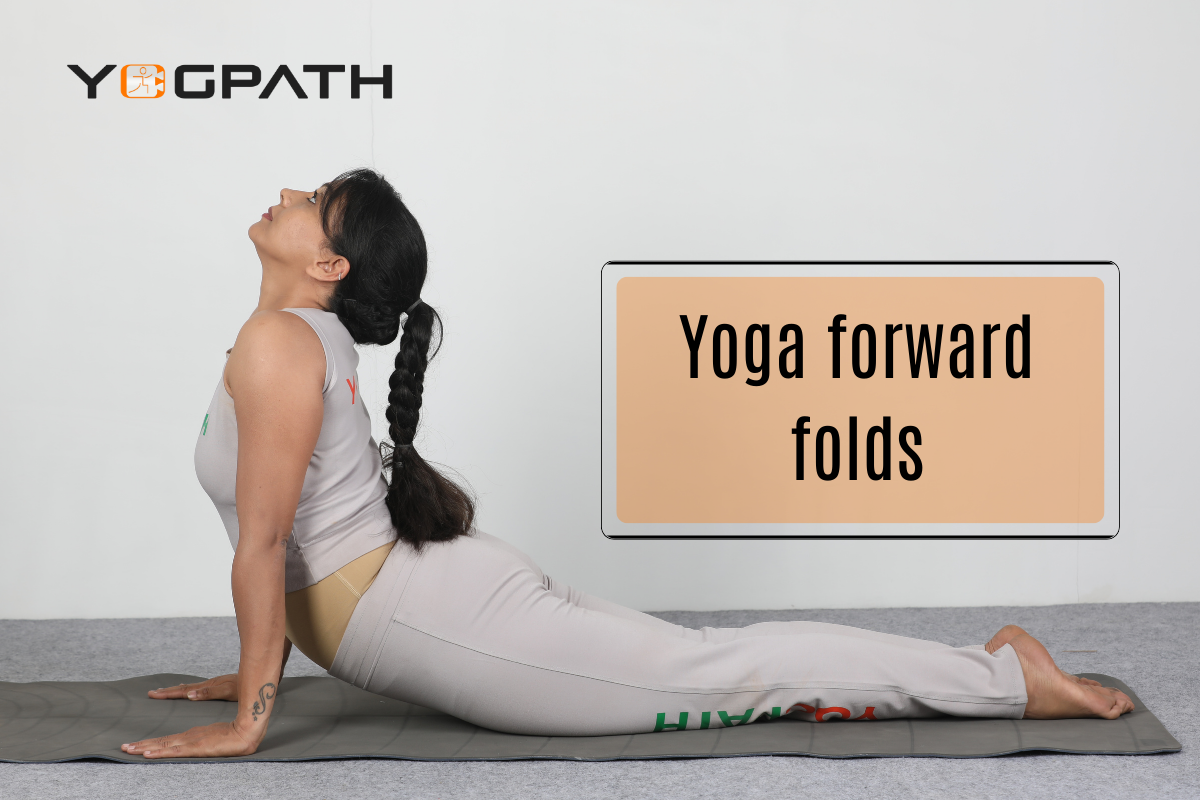
Asanas known as “forward folds” in yoga involve bringing the upper body forward and down toward the mat. Among many others, they consist of:
- Uttanasana (Standing Forward Fold)
- Forward fold with wide stance (Prasarita Padottanasana)
- Janu Sirsasana, or the “head-to-knee pose,”
- Balasana, or the child’s pose,
- Paschimottanasana, the seated forward fold
Because they remind us of the safe foetal position, they tend to induce feelings of calm and introspection by channelling our focus inward. Forward bends, as described by Mark Stephens, are “deeply calming asanas that draw us into the inner mysteries and dynamics of our lives.”
Because our front bodies are more delicate and susceptible to injury, we often adopt a foetal or embryonic position of folding forward for comfort and protection. Performing this when in the fight-or-flight (sympathetic nervous system) state can help us tremendously in transitioning into the rest-and-digest state (parasympathetic nervous system).
Many of us find forward folds like Child’s pose, Happy baby, and the foetal position to be relatively simple and comfortable. However, some of us may find that forward folds from a seated or standing position are more difficult due to lower back issues, tight hamstrings, hips, or glutes. How often have you heard, “I’m not flexible, I can’t even touch my toes!”
In this article, we will examine the forward fold’s anatomical structure, identify the root of its limitations, and discover the key factors in overcoming them.
Which term best describes forward folds and forward bends?
There is a lot of back and forth between the terms “forward fold” and “forward bend” when referring to these positions in asana class. What’s the distinction between the two terms? The difference between bending forward and folding forward is explained. Which of these is the safer option? Easier? Let’s examine the terminology before delving into the physiology:
- When something is bent, it is shaped or forced into a curve or angle.
- “a gust of wind blew and swayed the tall grass”
- When you fold something, you bend it in half over itself so that one side covers the other.
- “she packed her bags and folded all her clothes”
Even though these terms are often used interchangeably, I think of a forward bend as a rounding of the spine and a forward fold as a hinging of the hips while keeping the back straight.
If the upper and lower bodies collide, what would happen?
Before deciding whether to bend or fold forward, we will first analyse the biomechanics of the upper and lower body where they intersect in the anterior sagittal plane (forward flexion). The hips must flex in order for the torso to move downward toward the limbs, or vice versa. This causes the pelvis to tilt forward (from the anterior superior iliac spine (ASIS) to the femur) and the spine to move toward the thigh bones.
An inguinal crease (or fold) is formed by this action. This is the region of the hips where the inguinal ligament is located (the junction between the anterior ilium and femur). One might only be able to go so far when bending at the hip crease and maintaining axial extension (keeping the spine long).
Whether it’s because your calves and hamstrings are too tight to allow for an anterior pelvic tilt, or because your skin, muscles, tendons, ligaments, and fat are all rubbing against one another, compressing each other, and preventing your upper body from coming closer to your lower body without bending your spine over your legs, the two must eventually come closer together.
Most people can get away with slouching their upper bodies because of the inherent kyphotic curve in their thoracic spines. Where things get tricky is in the lower lumbar curve, which is naturally convex and only slightly flexes forward when asked to do so. This is why many yoga instructors will cue you to only bend forward as far as you can while keeping your spine long.
The key to secure and enjoyable forward folds
Work on building up the erector spinae muscles in your lower back and shortening those “locked-long” upper hamstrings:
- Do leg lifts in Locust pose at a rapid pace.
- On the mat, lie face up.
- When you strike Locust Pose, you’ll want to get your upper and lower halves off the ground.
- To increase your awareness, oxygen, and strength in the hamstring attachments to the ischium bone, try doing 10 slow pulsing leg lifts.
Engage in a dynamic, active stretch of the lower hamstrings and upper calves.
- Attempt Some Strap Exercises
- Position: on one’s back, knees bent, feet flat on the floor.
- Raise a single foot and knee up in the air.
- Tuck the ends of the strap under your feet and hold the strap in place with both hands.
- First, slowly start bending and straightening your knees (bend and straighten).
- Ten times through, hold the leg as straight as possible within your range of motion.
- To stretch your hamstrings and calves, you should contract your quadriceps and tibialis anterior muscles actively. Hold for ten seconds, and then slowly let go.
Relax your outer rotators (and work on your inner rotators to get stronger):
- Test out some of these inward-turning hip poses.
- The First Warrior, Eagle, Hero, and Half-Hero Positions
Which method-“hinge and folding” or “round and bending”-is superior?
Does that mean we should always try to fold while still maintaining a straight spine? The answer is that it is conditional upon the purpose of the pose. As an aid to certain poses, a rounded upper back can be achieved.
To give an example, the seated forward bend (Paschimottanasana) in Yin Yoga is analogous to the Caterpillar pose in Yang Yoga; however, in the latter, the goal is not to lengthen the spine in axial extension or hinge so as to stretch the hamstrings. Instead of lowering the head to the floor, you should round your back so that your head is near your knees. By doing so, we can relax and open the meridians of the back’s Urinary Bladder. Bakasana / Crow Pose, which BKS Iyengar called the “superior Forward bend,” is another posture that involves bending rather than folding.
Iyengar said that Bakasana was the best forward bend of all of them in an interview with Patricia Walden and Victor Oppenheimer. “I never thought of it as a forward bend,” Patricia Walden said in response. Iyengar BKS gave his reply:
If you have a backache, practising Paschimottanasana won’t help. Try out Bakasana, it’ll put you at ease. When the lumbar becomes rigid in Paschimottanasana, it is an indication that the sacroiliac joint is extending. When you rest in Bakasana, you curve your spine and respond by letting your body relax. The forward bend known as Bakasana is one of the best, and my students should be aware of this.
Iyengar recommends Crow Posture as a “better” forward bend (does he mean easier?) because of its biomechanical advantages. Safer?). Forward “bend” due to hinged hips and rounded upper back. Since the knees are bent and the degree of forward flexion is lessened, the risk of hamstring tightness is reduced. The fact that you can even perform a small amount of external rotation in Crow means that tight external rotators are not an issue. All of the barriers I’ve discussed in this piece are finally gone.
In order to maintain this arm balance, all you need is strong upper body and core muscles.
